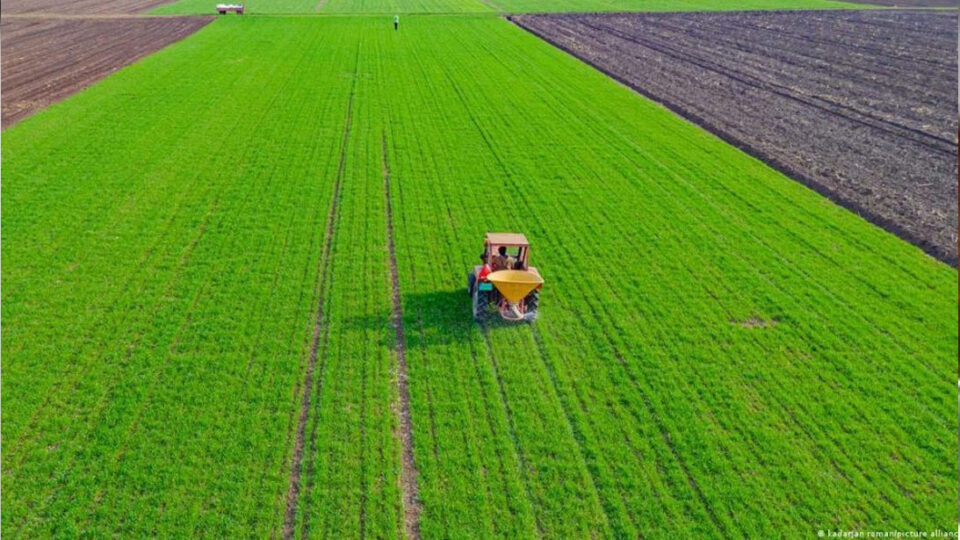Pakistan’s Farmland Shrinking: 97% of Farmers Own Less Than 12.5 Acres, Says 7th Census
The 7th Agriculture and Livestock Census reveals significant changes in Pakistan’s farming landscape, with the majority of farmers now owning smaller landholdings than ever before. According to the latest data, 97% of farmers in the country now own less than 12.5 acres of land.
Farm Sizes Are Shrinking
The average farm size in Pakistan has declined from 6.4 acres in 2010 to just 5.1 acres in 2024. Alarmingly, 61% of farmers now own less than 2.5 acres, up from 40% in 2010, while those owning less than one acre increased from 15% to 26%.
At the other end of the spectrum, only 16,958 landowners hold more than 100 acres each, accounting for 6.2% of the total farmland, with an average holding of 215 acres per person.
Rising Number of Farms, But Smaller Holdings
The total number of farms in Pakistan has increased to 11.7 million, up from 8.3 million in 2010. However, this growth is mostly attributed to smaller, owner-operated farms, which jumped from 6.74 million to 10.4 million, while tenancy-based farms declined sharply.
Despite the rise in the number of farms, average cultivated land per farm dropped from 5.2 acres to 4.5 acres.
Provincial Snapshot
-
Punjab leads with 5.1 million farms, though this is a decrease of 217,000 since 2010 due to urban expansion.
-
Khyber Pakhtunkhwa (KP) has 4.2 million farms.
-
Sindh accounts for 1.8 million farms.
-
Balochistan has 630,000 farms.
-
The Islamabad Capital Territory recorded 16,589 farms, mostly owner-operated.
Irrigation Trends Show Shift Away from Rain-Fed Farming
In 2024, irrigated farmland expanded to 45.9 million acres, with canal irrigation increasing from 12.3 million to 14.4 million acres. Meanwhile, rain-fed agriculture significantly declined from 8.4 million to 4.9 million acres, reflecting a growing reliance on controlled irrigation systems.
More Crops, Less Cotton
The total cropped area surged to 82.8 million acres, up from 68 million in 2010, largely due to multiple cropping cycles. Wheat remains the dominant crop, while cotton’s share has notably decreased.
Livestock Sector Sees Steady Growth
Pakistan’s livestock population reached 251.3 million in 2024, growing at an annual rate of 3.1%.
-
Punjab leads with 104 million animals,
-
Khyber Pakhtunkhwa follows with 48.7 million,
-
Balochistan hosts 47.9 million, where sheep are predominant due to the province’s arid climate.

